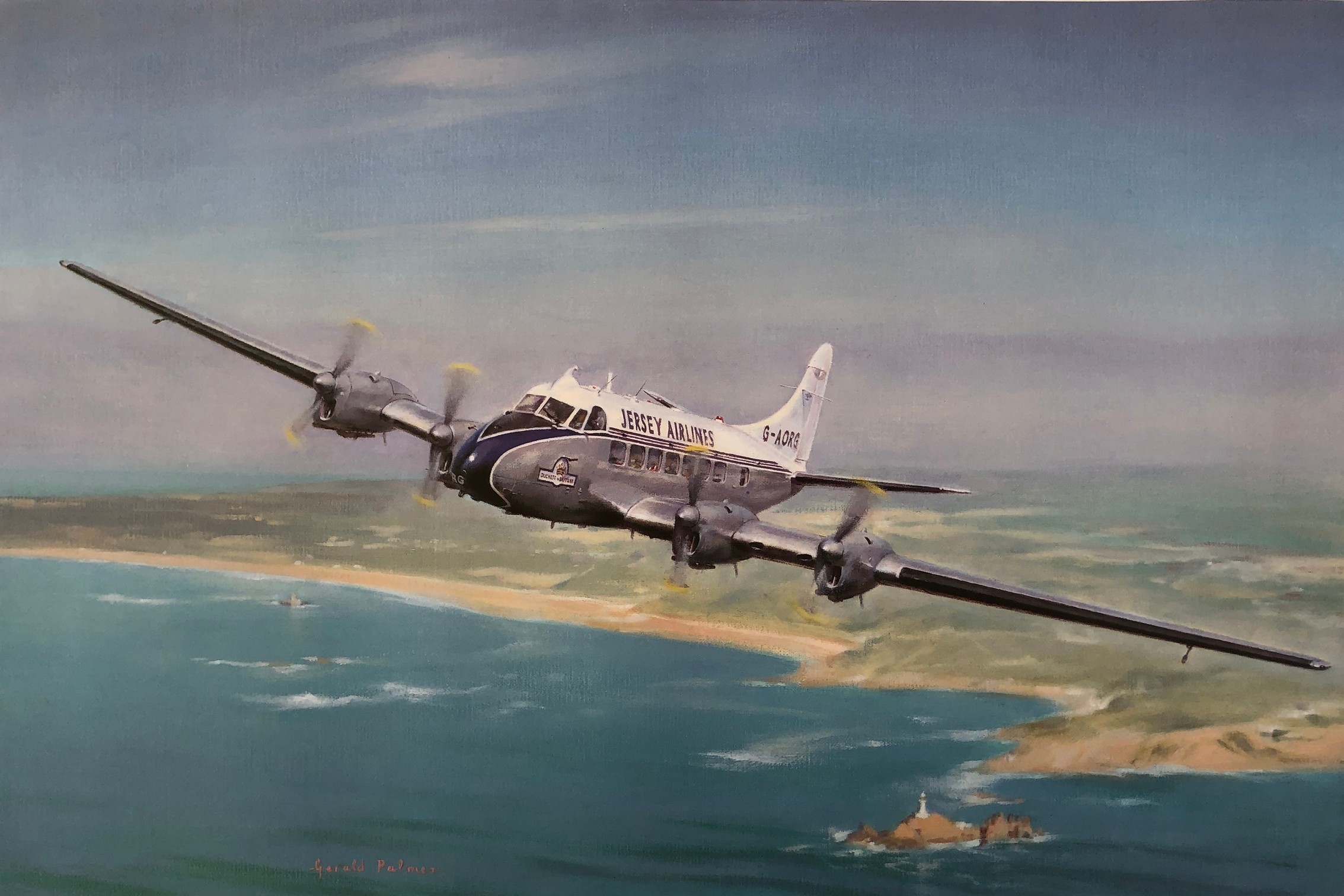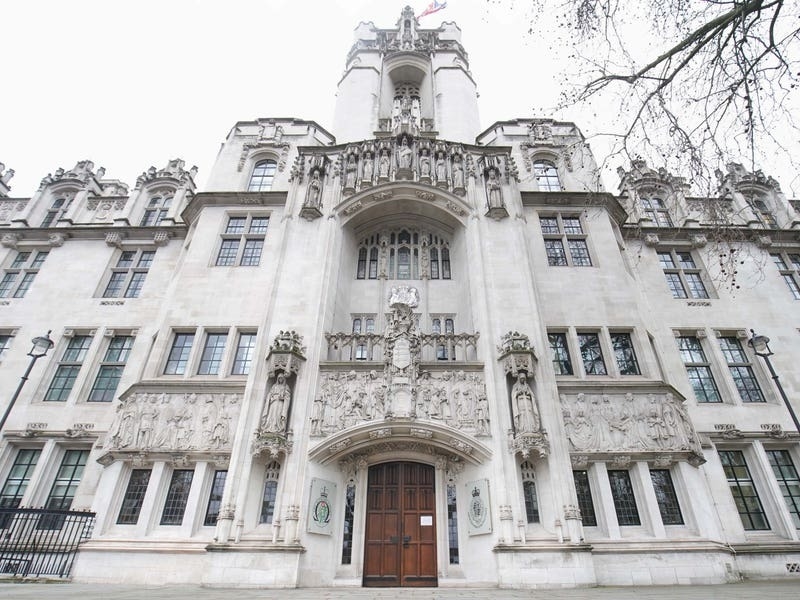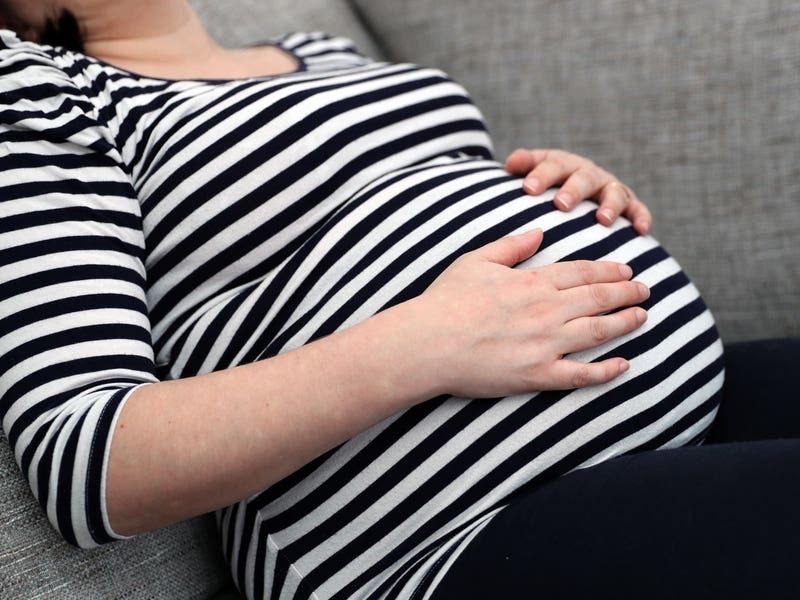THE Planning Committee is being urged to act to save an iconic plane that provided flights to Jersey during the “golden age” of aviation.
Aviation enthusiast and former States Member Alastair Layzell will make an eleventh-hour appeal to members of the committee, who are due to meet tomorrow to consider the options for including the Jersey Airlines de Havilland Heron as part of a £10.5 million development for a new hangar for private planes.
The application by Gama Aviation has been recommended for approval by planning officers, but does not include any provision for the plane, which provided passenger services to the Island in the 1950s and was saved by enthusiasts in recent years.
Mr Layzell said the applicants had initially expressed enthusiasm to include the plane within the new development as part of the “Percentage For Art” scheme requiring developers to invest 1% of the total project cost in art-related initiatives to boost visual appeal and reflect Jersey’s culture.
Almost a year after submitting their planning application on 13 September 2023, Gama provided details of its PFA plans for the project: £80,000 worth of trees to be planted at Val de la Mare reservoir, a £25,000 wooden sculpture, and no mention of the Heron.
Those behind the project have been criticised by Mr Layzell for the apparent U-turn regarding the plane, and for the lack of any meaningful connection between the tree-planting project and the hangar.
“It’s a slightly odd approach, which I’m surprised and disappointed by,” he said. “Planting trees is something that’s often done to offset carbon emissions, but if that’s the idea here, that shouldn’t count as art.
Having been granted an opportunity to address tomorrow’s meeting, Mr Layzell will propose that while the committee may grant planning permission for the hangar, the PFA funds could be placed in a restricted account while negotiations about the Heron’s future continue.
In a submission to the Planning Department, Mr Layzell stated: “The developer appeared enthusiastic, so I was terribly disappointed to see – at this very late stage – that innovative thinking has been dismissed in favour of tree-planting.
“[Planning guidance] talks about the possibilities of ‘art as a public process, of art that can lead to other educational objectives, particularly with children and young people, and of ensuring that art reinforces Jersey’s cultural identity.’
“Percentage for Art contributions may also be considered for the care of existing works that have no formal or adequate maintenance agreement, or for their restoration, with some relationship between the work to be restored and/or maintained and the development.
“The Heron Living History project ticks these boxes.”

The Heron is described by Mr Layzell as a symbol of the part Jersey played in post-war air travel.
“It carries the memories of Jersey men and women taking their first trip ‘abroad’, of girls and boys going to boarding school, of holidaymakers in their thousands, of honeymooners on their way to Britain’s South Sea Island.
“It stands for the enterprising spirit of a home-grown airline, fondly remembered all these years later, an airline which punched above its weight and which operated the first flight to Jersey from Gatwick Airport after the airport was opened by Queen Elizabeth II in 1958.”
Among the many photographs of the Heron aircraft was one showing Hollywood film stars Janet Leigh, Kirk Douglas and Tony Curtis standing next to a Jersey Airlines plane ahead of a flight to the Dinard Film Festival in 1958.
After being bought at Sotheby’s in 1989, the Heron plane, named Duchess of Brittany, was flown for a further two decades before being taken out of service. It was brought back to Jersey in 2019 and purchased by aviation enthusiast Matt Palmer for £1, sparking a long-running debate about how it could best be preserved for posterity.
Gama Aviation declined to comment ahead of the Planning Committee meeting.






